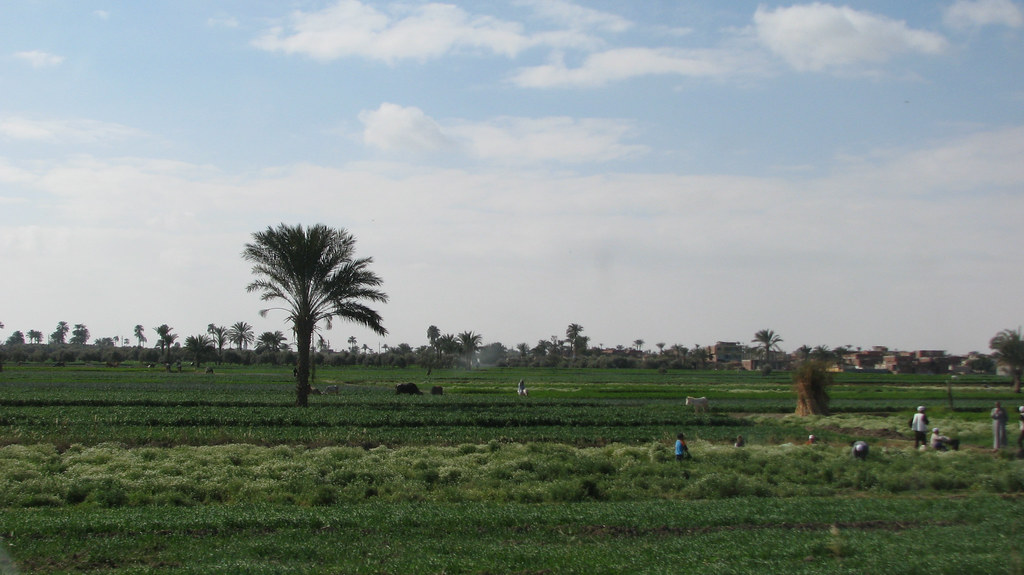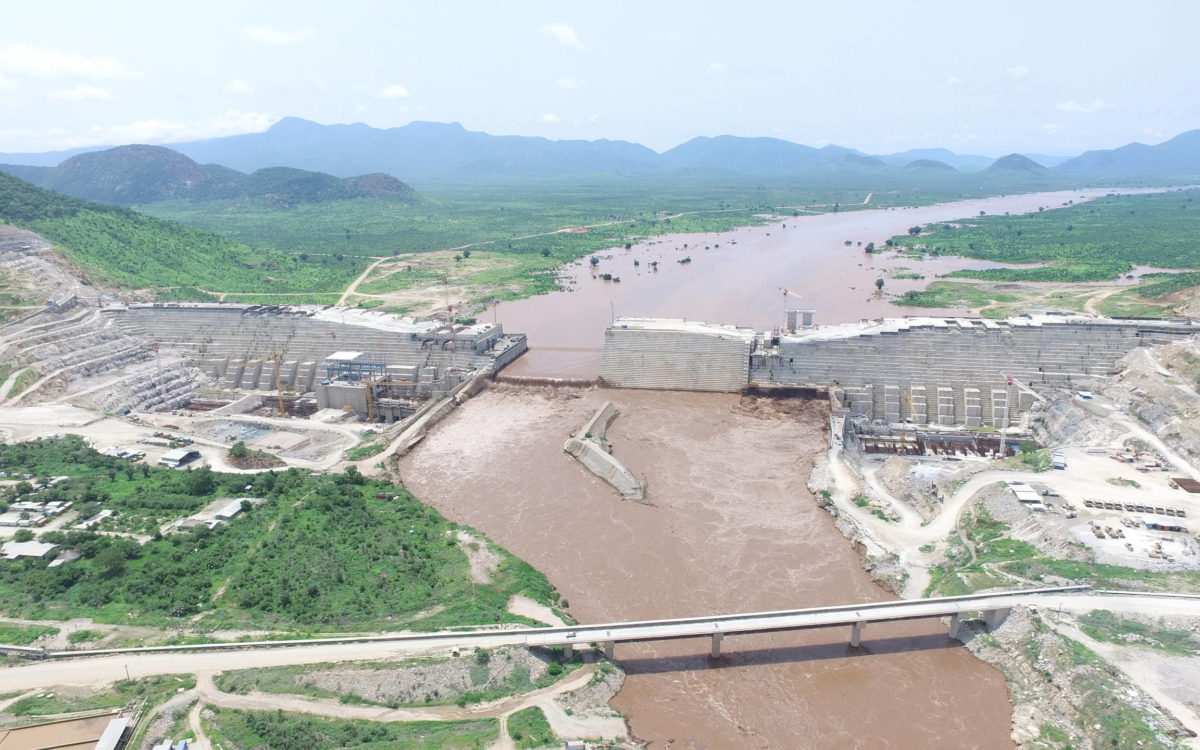The opportunity for compromise on a long-awaited framework for sharing Nile River water remains slim as ministers from Nile Basin countries meet in Sharm el-Sheikh this week.
The two-day meeting, which begins Tuesday, aims to finalize a comprehensive agreement on the allocation of Nile water resources among the ten riparian countries who share the river.
In a meeting in Uganda last month, water ministry representatives of the Nile Basin Initiative failed, once more, to conclude an agreement as the downstream countries–Egypt and Sudan–objected to signing any deal that could jeopardize what they consider their "historic right" to the 6670km-long river.
Cairo wants any future agreement to leave its share of Nile water intact, said Egyptian Minister of Water Resources and Irrigation, Mohamed Nasr Eddin Allam on Friday.
“The Nile Cooperative Framework Agreement must clearly recognize Egypt and Sudan’s historic share of Nile water,” Allam told reporters.
Egypt’s claim to Nile water is based on agreements made during the first half of the 20th Century. The 1929 agreement between Egypt and Great Britain on behalf of Britain’s colonies gave Egypt the right to most of the 84 billion cubic meters of water that reaches the downstream countries annually.
Three years after Sudan gained independence from Great Britain in 1956, it negotiated a new treaty with its northern neighbor that allocated 55.5 billion cubic meters to Egypt per year and 18.5 billion cubic meters to Sudan, with the remaining 10 billion cubic meters established as lost to evaporation and seepage upstream.
In his statements last week, Allam also stressed that any possible deal must include an "early notification" mechanism to provide all ten riparian countries with enough time to study the effects of any proposed project on the river.
Another non-negotiable condition, according to Allam, is a proposal introduced by upstream countries that decision making on any given project be based on majority voting rather than traditional consensus-reaching procedures–stipulated in both the 1929 and 1959 agreements.
Egypt takes these conditions seriously. “Egypt will not sign any deal before its conditions are met,” Allam said. “Our requirements include the commitment to the early notification mechanism before constructing any projects in upstream countries and that all decisions are to be finalized unanimously, not through majority voting."
With its population expected to grow to around 98 million by 2025, Egypt says it will face a massive water shortage if its share of the Nile river is reduced.
International studies estimate that if Egypt’s annual share of Nile water remains the same, at 55.5 billion cubic meters, per capita water availability will stand at around 630 cubic meters in 2025, compared with 1213 in 1990.
Egyptian water experts believe that concluding a comprehensive framework agreement at Sharm el-Sheikh might prove difficult given the ongoing disputes between Egypt and Sudan, on the one hand, and the seven upstream countries.
“Up until now, there has not been any breakthrough regarding the three contentious issues holding back the signing of the agreement,” said Hany Raslan, head of the African research unit at Al-Ahram Political and Strategic Studies Center.
According to Raslan, Egypt sees no urgency in making concessions to the upstream countries. Instead, Cairo can rely on what it considers its leverage to press donor bodies like the World Bank not to provide aid to projects–particularly dams–that could reduce Egypt’s share of Nile water.
Donor institutes like the World Bank and the International Monetary Fund have previously abstained from providing substantial loans to upstream Nile countries on the grounds that all basin countries should agree on cooperative mechanisms first.
Some, however, see Egypt’s position as becoming more vulnerable.
“The Egyptian assessment depends on some economic rationale that might induce several upstream countries not to escalate the situation,” said Ashraf Allam, a hydropolitics expert (unrelated to the water minister). The trade off, according to Allam, is based on Egyptian business investing in these countries in return for their stepping down in negotiations.
Egypt’s public and private sectors have both recently unveiled plans to invest billions of dollars in projects in upstream countries, including an electricity grid in Ethiopia and a railway in Kenya. Egypt proposed a US$5 billion electricity project that would allow Egypt, Sudan and Ethiopia to utilize renewable energy resources.
Citadel Capital, Egypt’s leading investment group, released in February its plan to invest more than US$150 million in Sheltam Railways Company, the primary shareholder in the 2000km Rift Valley Railway that connects Kenya and Uganda.
But many are nonetheless worried about a lack of strategic thinking in Egypt’s approach to the Nile river, long considered a top national security priority.
“Egypt always considered the East African countries as politically volatile and ethnically divided, and thus incapable of launching huge economic projects that could undermine its share of the Nile resources,” said Raslan, suggesting that some upstream countries are now moving steadily towards political stability and increasing plans to improve infrastructure.
“With China reaching aggressively towards Africa, Egyptian decision-making circles should be concerned that some East African countries are in a better situation to secure funds necessary to build dams than they were in past decades through the West,” explained Raslan.
Last July, China’s Sino Hydro Corporation and the Ethiopian Electric Power Authority signed a US$1.9 billion deal to construct the Gibe IV and Halele Werabesa hydroelectric dams, with a capacity of over 2000 megawatts.
The proposed framework agreement was first drafted in 2007 to establish a permanent Nile Basin commission that includes all ten Nile riparian states: Kenya, Uganda, Tanzania, Burundi, the Democratic Republic of Congo, Rwanda, Eritrea, Ethiopia, Sudan, and Egypt.



